Pathway/Vector
The means and routes by which invasive species are moved or introduced into new environments are called pathways, or vectors. Each invasive species may use a variety of pathways or vectors to spread. Be vigilant and proactive about invasive species to help prevent accidental spread of invasive species via pathways/vectors into new areas.
Common Pathways and Vectors for invasion include:
- Roads and Trails
- Parking Areas and Trailheads
- Facilities and other access areas for human activity (land or water)
- Campsites, picnic sites
- Historic sites (homes, forts, etc.)
- Livestock use/staging/resting areas (corrals, highline sites, loading areas, resting/feeding areas, etc.)
- Natural features of special interest (frequently used vistas/overlooks, waterfall viewing sites, etc.)
- Vehicles, boats, and trailers
- Equipment and gear
- Clothing and shoes/boots
- Tents, hammocks, and campers
- Water, mud, soil, wood, and other natural materials
- Pets and other animals
How You Can Help
It is as simple as "Never move soil or debris from one area to another". For example, clean your clothes, footwear and equipment before entering a river. Then as you leave the water, clean your belongings of any soil or debris picked up while you were in the water. The same principle applies to any activities in natural areas, regardless of whether you are engaged in fishing, hiking, hunting, camping or one of the other wonderful activities possible in natural areas. Chief Seattle said it so well, "Take nothing but memories, leave nothing but footprints!"
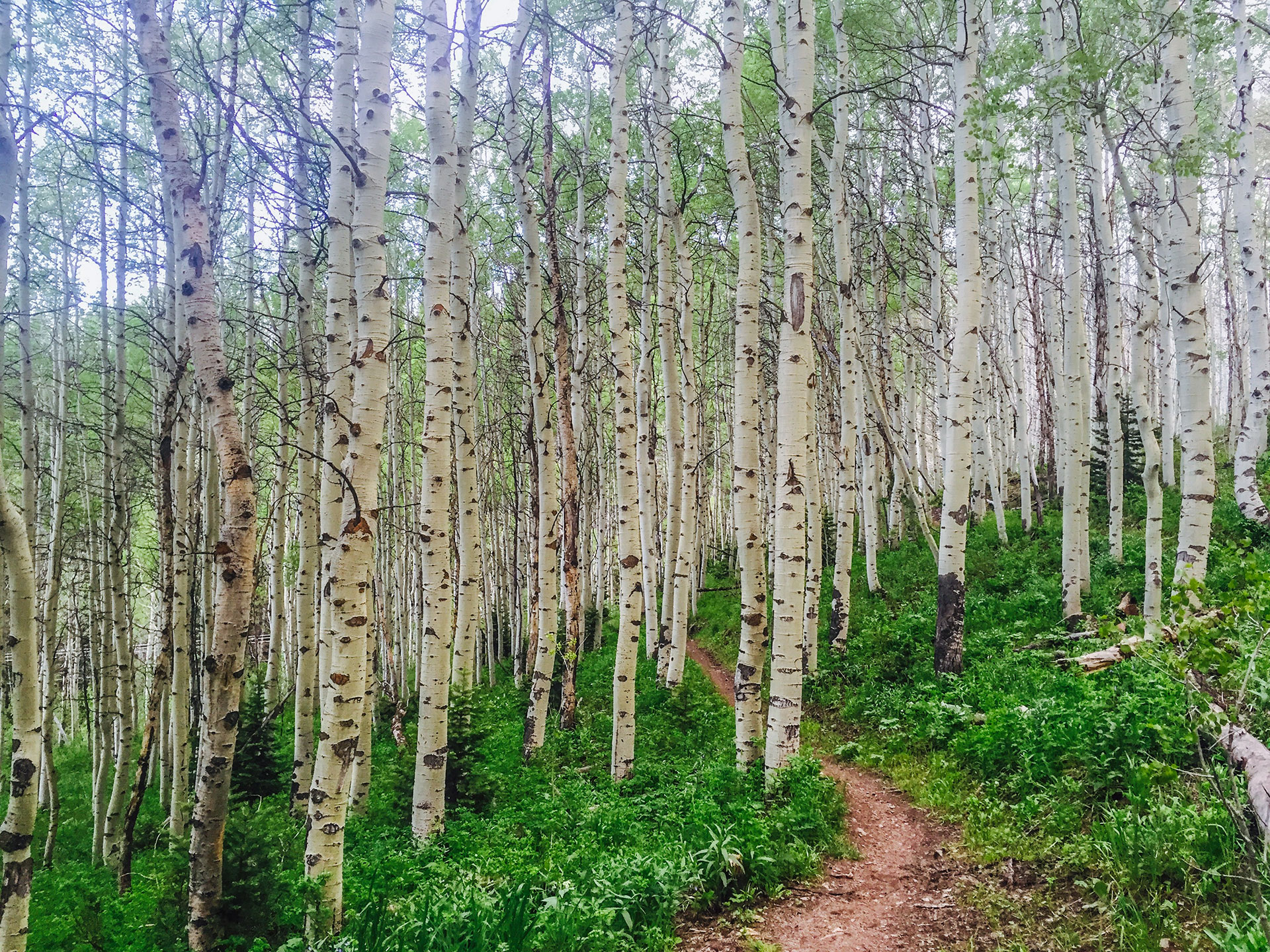
Trails/Trailheads
Check your clothes, footwear and pets to be sure they are free of soil and debris which may contain seeds, tiny insect eggs, microscopic fungal spores and other reproductive material from invasive species before starting out on a trail. Some trails have boot cleaning stations. Let others you meet know how they can also help prevent the spread of invasive species. Be a Wild Spotter Ambassador! Share your knowledge on invasive species prevention with others.
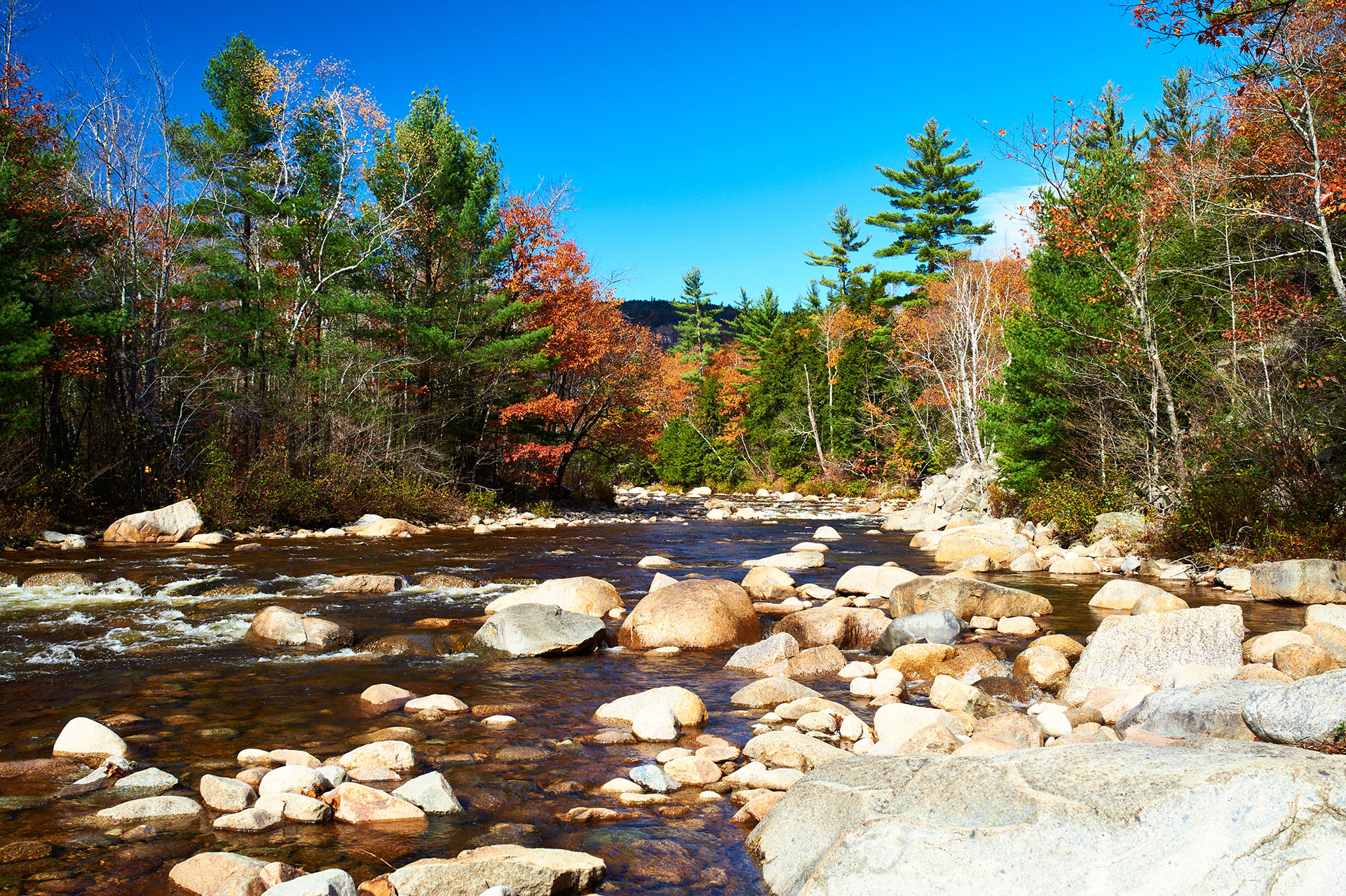
Lakes, Rivers and Streams
Before entering the water or crossing a stream, and about 200 feet from the water, be sure your clothes, footwear and equipment are free of soil and debris which may conceal seeds and other material. When fishing, dispose of bait in approved locations (not into the water or on the shoreline) to prevent an accidental introduction of invasive organisms into lakes, rivers, and streams. Clean your clothes, footwear and equipment of any mud or debris accidentally picked-up, before you move to a new area. A brush and water from the river or stream make cleaning quick and easy. Take a few extra moments to be a responsible Wild Spotter to protect America's Wild Places!
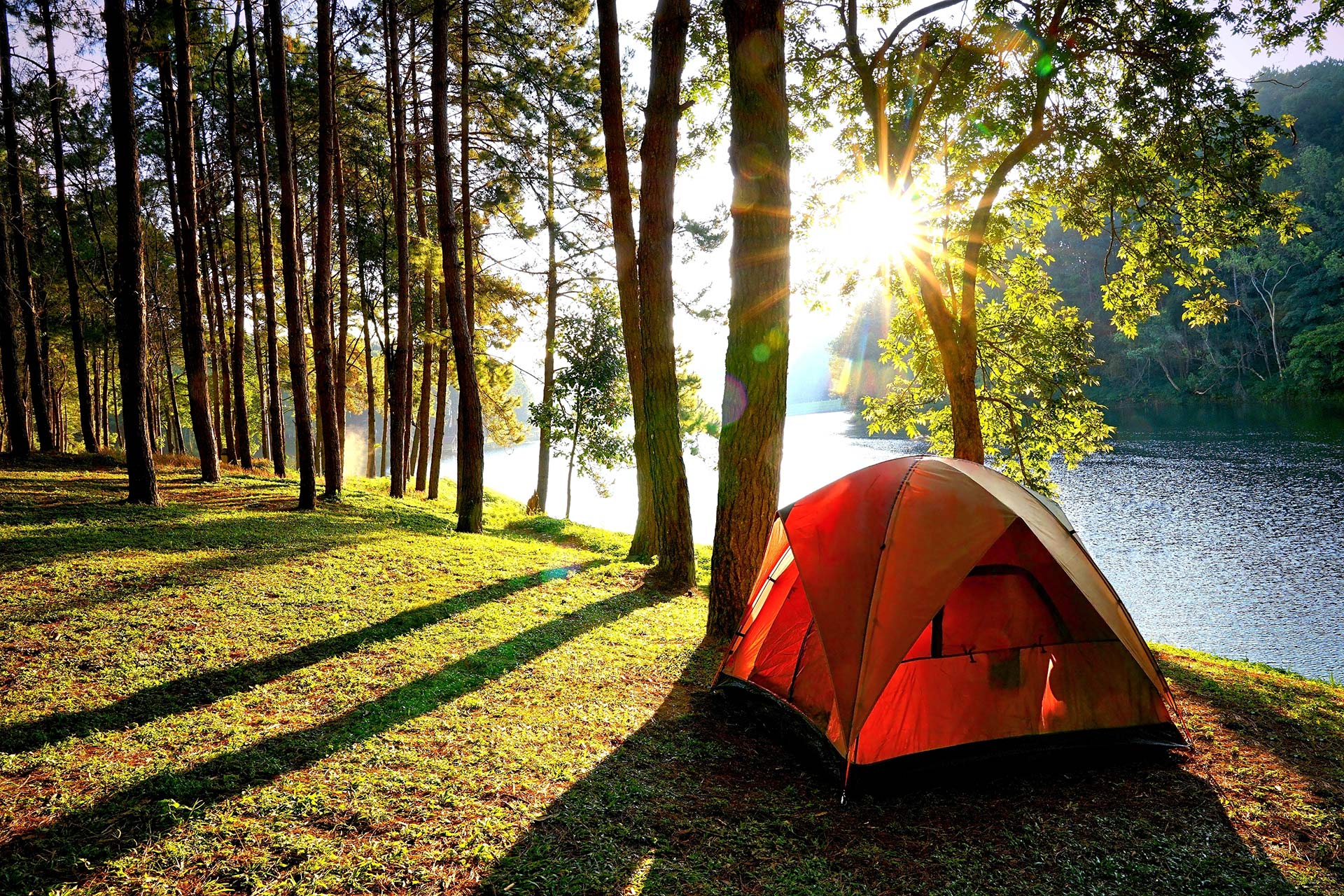
Campsites
Always buy or use local firewood for campfires and leave any unused wood on site. Before leaving home, be sure your vehicle, tent and other camping equipment is clean and free of soil and other debris which may contain seeds, tiny insect eggs, microscopic fungal spores and other reproductive material. Remove soil and other debris picked up while camping, from your vehicle, tent and other equipment when packing up to go home. Dispose of waste in approved containers or bag it and dispose of it at home. Watch out for invasive insects or their larvae trying to hitch a ride on your vehicle, camper, or gear.
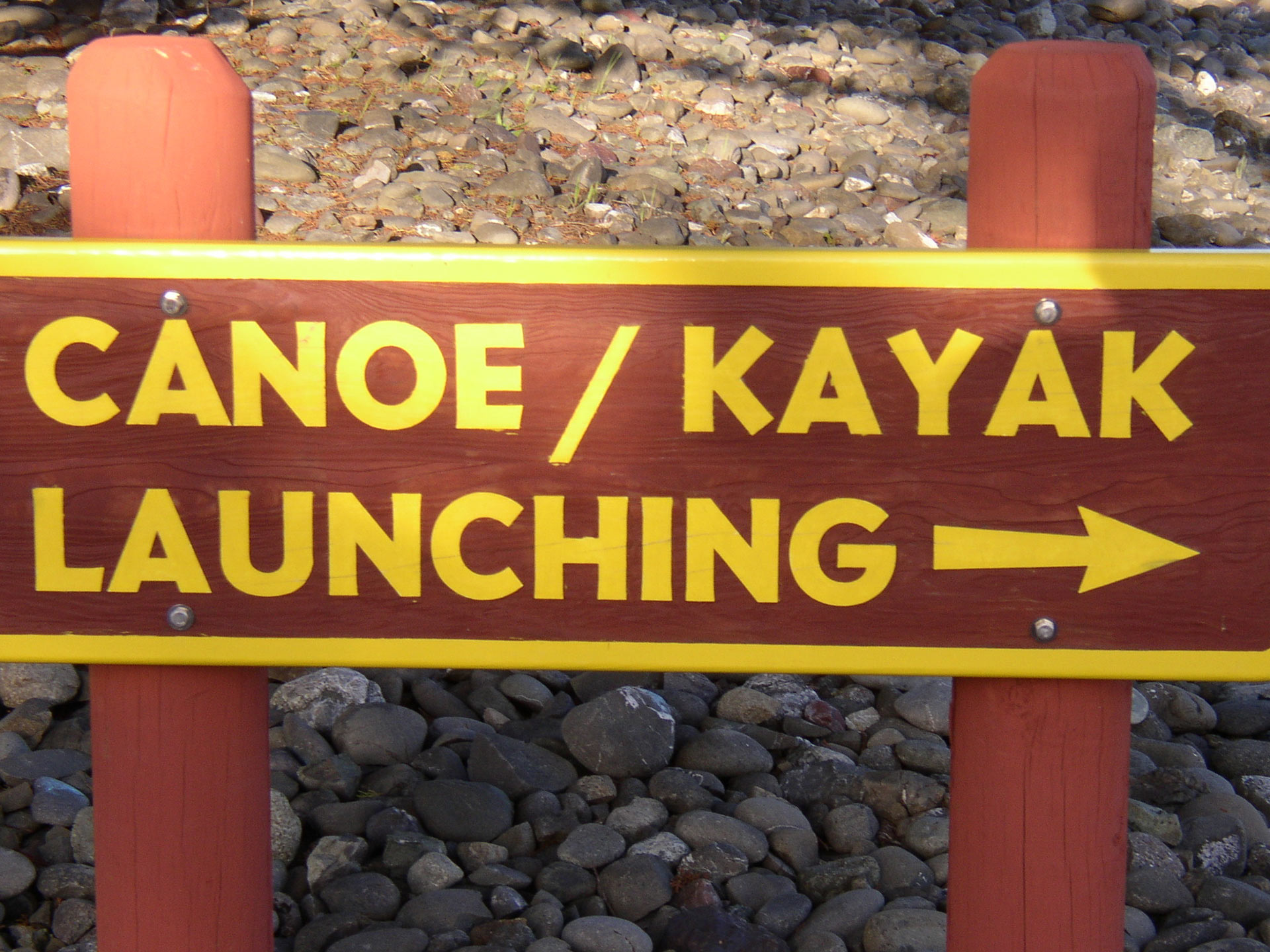
Boating/Fishing/Swimming Access Point
Follow the recommendations of Clean, Drain, Dry in addition to any posted requirements when launching or removing a boat or other equipment from the water. The goal is to prevent any organisms from being introduced into or transported from one body of water to another. So please remember to inspect, clean, drain, and then dry your boats and equipment after using them.
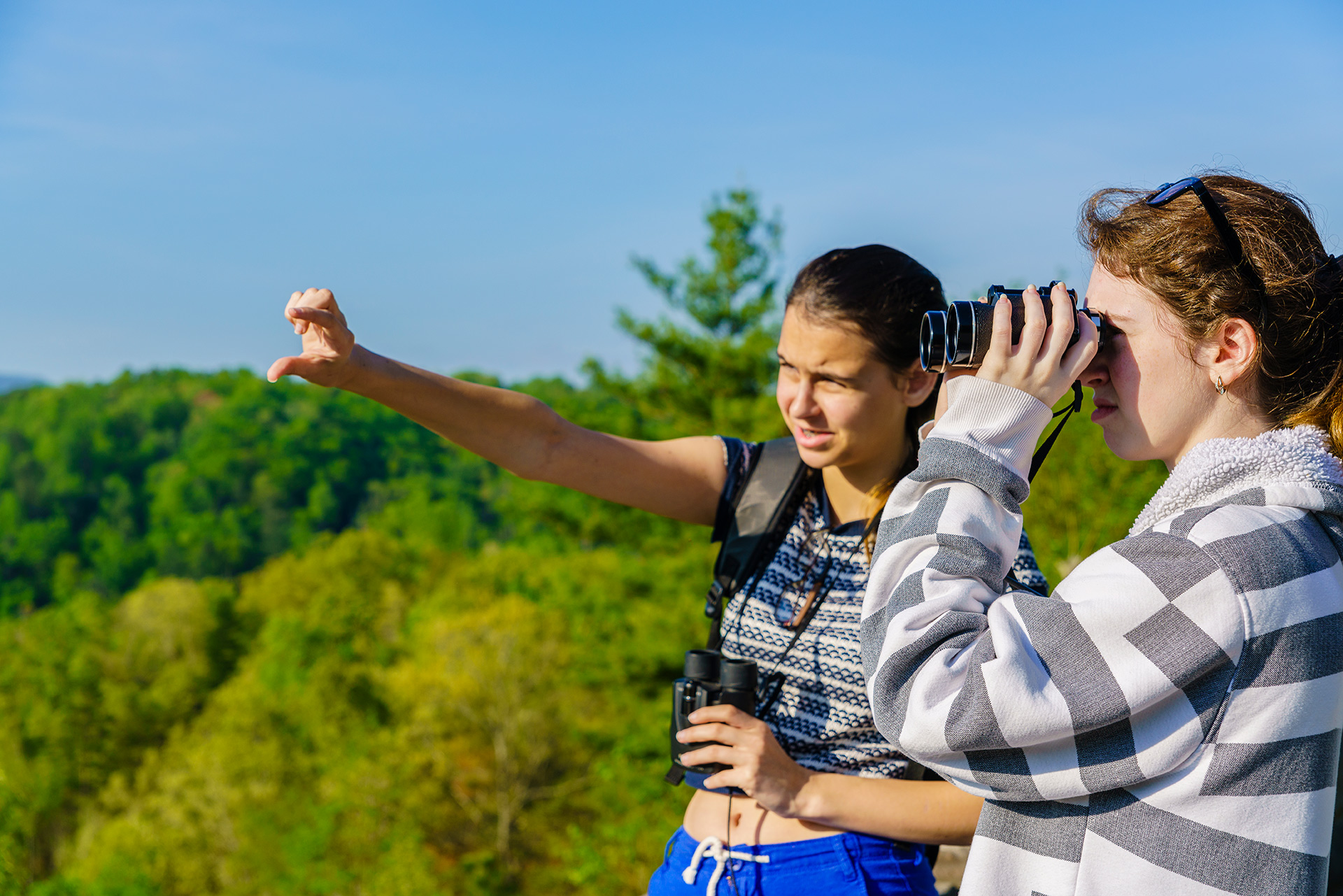
Nature Viewing Areas
Help protect these special areas by being extra vigilant about keeping clothing, footwear, gear, and pets free of soil/mud and other natural debris such as seeds, leaves or insects. Also remove debris from equipment such as bikes, blankets, tarps, strollers or wheelchairs. The high numbers of visitors to these areas make them especially vulnerable to invasion.
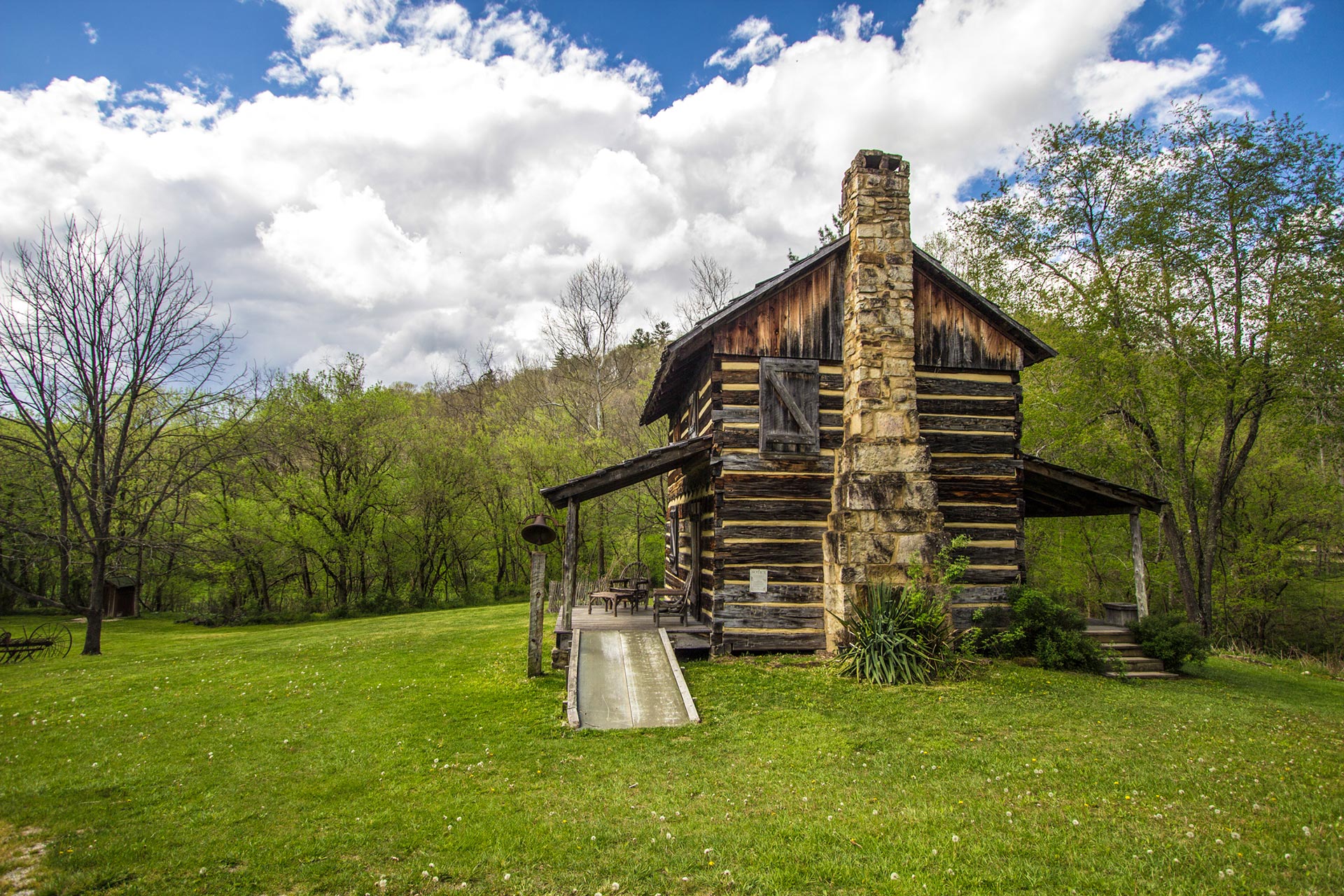
Historical Sites
Preserve the past: examine, but do not touch, cultural or historic structures and artifacts. Help protect these special sites by being extra vigilant about keeping clothing, footwear and pets free of soil/mud and other natural debris such as seeds, leaves or insects. Also remove debris from vehicles and equipment such as bikes, strollers or wheelchairs. Leave rocks, plants and other natural objects as you find them.
Horses and Other Pack Animals
There is often inadequate forage available in the Wilderness and other backcountry areas, so visitors carry supplemental feed (Hay, pelleted feed, etc.) for their pack animals. To prevent accidentally moving invasive species into new areas, carry certified weed-free hay, feed and bedding for your animals. Only State-certified weed-free forage materials are allowed on National Forests and Grasslands (including Wilderness areas). In addition to feed, be sure your horse and other pack animals are clean of excess soil and debris before beginning your trip into the Forest. Contact your local Forest Ranger for special use restrictions and local sources of certified weed-free hay/feed when planning your visit.
Pets
Be sure pets are clean and free of soil and debris before beginning your visit. Also brush them when moving from one trail or camping area to another. While traveling you may need to walk your pet along the way. Check them for seeds and other debris after walking them and before you put them back into your vehicle. Control pets at all times for their safety and the safety of campers and the wildlife.